---------------------------------------------------------------
MIT FabLab Norway
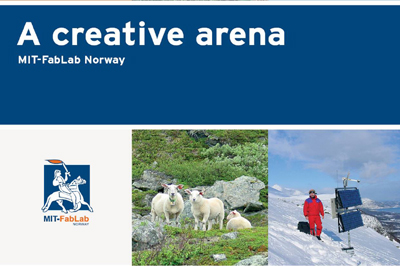
MIT-Fablab Norway offers:
The possibility to solve problems and develop ideas in collaboration with the world’s leading research center, Massachusetts Institute of Technology.
Access to professional assistance and technical equipment for fabricating and testing of prototypes and small series of mechanical and electronic components.
On-line entrepreneurial studies for colleges, universities and secondary schools.
Participation in the MIT-Fablab network and the exchange of students and technical personnel with the Massachusetts Institute of Technology and the partners in the MIT-Fablab network.
Recruiting for research and development
Participation in an exciting and creative environment among innovators, entrepreneurs, companies, universities, colleges, schools and others.
Buildings totaling more than 1000m2 that can be used for research and development. Capacity for 20-30 people at any time to work on research projects/studies.
---------------------------------------------------------------
Jette Gejl Kristensen
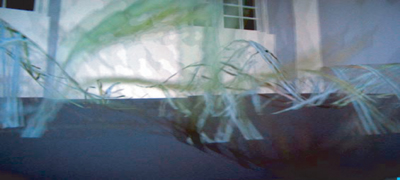
CAVI - Centre for Advanced Visualisation and Interaction - is a multidisciplinary centre at the University of Aarhus. The centre was founded in 2001 and has during that time collaborated with a wide range of external practitioners from business, art and culture, including numerous projects initiated by the university. CAVI's activities focus on several areas: Scientific visualisation, medical visualisation, architecture and design, experience, art and culture. The facilities at CAVI include a virtual studio, where digital 3D elements can mix with physical elements in real time video production. With this system a studio host can participate in a digital world. An example of a production within the experiential/artistic field is "Digital Scenografi", a research project completed in January 2005, where CAVI collaborated with the Jutland Opera and the Peter Schaufuss Ballet on experiments and showcases where dancers and singers interacted with a digital stage set.
Another facility is the 3x11 m Panorama Cinema, where up to 20 persons at a time can watch moving pictures with depth information, and get a sense of being present in the world shown in the images. Jette Gejl Kristensen is presently working as a visiting professor, and is exploring the potential of this medium for the arts and experiential culture. Focusing on her own work, Kristensen will talk about the visual aspects of the medium and the relationship between the work and the viewer.
----------------------------------------------------------------
Jeff Knowlton
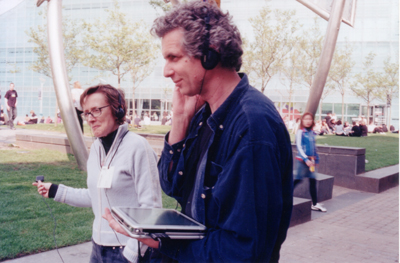
InterUrban
Interurban is a user driven experience that responds to a participant's amble through city streets. Telecommunications and transportation bridge the distance between early industrial cities and today. Interurban runs on a TabletPC with GPS card. Factors such as the distance traveled by the listener, time of day and proximity to fictive events, determine how the narrative unfolds.
Concept
Jeff Knowlton, Jeremy Hight, Naomi Spellman
Software Development
Jeff Knowlton
Scripts, Production, Media
Naomi Spellman
Jeff Knowlton will speak about user completed narrative structures, locative media and his collaborative involvement with the locative projects InterUrban and 34 North 118 West. He will attempt to connect the dots between his use of information in space as a means to escape the hierarchal structure of hypertext and gaming as a model of narrative.
Jeff Knowlton attends conferences, participates in panels and lectures on interactive media and technology. His fine art shows online and in galleries and symposiums internationally at venues such as FutureSonic 4, LA Freewaves Festival, AIM IV, Imagine 2001 and Siggraph 2000. “34 North 118 West” his GPS/computer based collaborative work with Jeremy Hight and Naomi Spellman, locating information in the physical world, received the grand prize at USC's Art in Motion festival.
Mr. Knowlton graduated from the California Institute of the Arts with a dual MFA(99) in both Critical Studies and Fine Art and lectures at the University of California, San Diego.
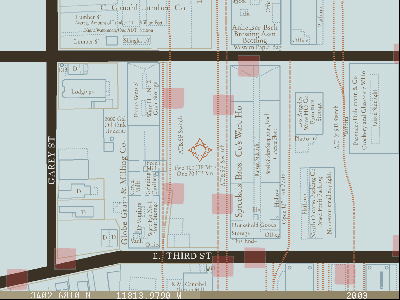
---------------------------------------------------------------
Thomas Østerlie
---------------------------------------------------------------
Vidar Kvalheim

Vidar Kvalheims intelligent closet at St.Olavs Hospital, Trondheim
Vidar Kvalheim's new closet lets you know when it's run out of trousers and shirts. Now clothes and bedding will be organised at a Dutch hospital with the aid of RFID technology.
Large valuable quantities of clothing and other fabric floating around is a problem at many hospitals. Complex tracking systems for clothing leads to frustration, hoarding and home laundry among employees, as well as poor hygiene and logistical problems.
This new solution keeps track of the whereabouts of all clothing at all times. Closets are connected to a computer where the content of each closet is shown.
A microchip attached to the clothing lets the computer keep track of the number and types of clothing items that are in the closet.
When it is low on trousers sized 52, for instance, the system orders more from the laundry service. Teknisk Ukeblad (Technology Weekly) noted in 2003 that the St. Olav Hospital in Trondheim can save 40 million NOK in storage expenses with this technology.
-----------------------------------------------------------------
Rob van Kranenburg

RFID as spearheading the pervasive computing revolution
How hard it is to write about a world becoming strange, or new, or spooky, after the dotcom crash, after the high hopes of increasing productivity through IT, of readers and writers becoming wreaders, of liberty finally around the corner: a product to be played out in all kinds of gender, racial and cultural roles, a process to drive decision-making transparency in both offline and online processes. Only to have woken up to the actual realization of a highly synergized performance of search engines and backend database driven visual interfaces. Postmodern theory, open source coding and multimedia channeling promised the production of a new, hybrid space, only to deliver the content convergence of media channels.
And yet, I claim that we are in the progress of witnessing the realization of such a new space. In places where computational processes disappear into the background - into everyday objects - both my reality and me as subject become contested in concrete daily situations and activities. Buildings, cars, consumer products, and people become information spaces by transmitting all kinds of data through RFID that are rapidly replacing the barcode.
We are entering a land where the environment has become the interface, where we must learn anew how to make sense.
In this land we move from our current operational programming rules - to distribute security - towards organizational principles that are guided by the principle of distributing insecurity.

-----------------------------------------------------------------
Pablo Miranda Carranza
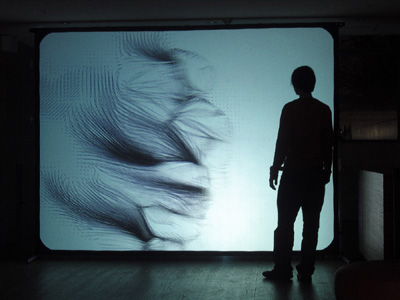
Post-human design: architecture after cybernetics.
Design, from the Italian 'disegno' or drawing, condenses since its introduction in the humanist culture of the Renaissance, geometrical form (in the drawing and the final object) and judgement and purpose (of the designer) in a single concept. Design articulates through the rational logic of geometry, the judgements, intentions, creative
epiphanies and more or less fortunate decisions of the designer in to a narrative intelligible to a user.
Catherine Hayles has described as 'post-human' the cultural condition resulting from the control principles identified by cybernetics in the years immediate to the Second World War. These principles, originated in the scientific, economic and industrial culture of the nineteenth century and exemplified in the steam governor, Darwinian evolution or the self-regulation of markets, took human and divine intentional causation literally 'out of the equation' and substituted it instead by the mechanisms of feedback and circular causality. The incorporation of cybernetic technologies and concepts in architecture, from genetic algorithms to interaction, challenges the notion of design as the legible, rational plot set up by the designer: The results of autonomous creative processes follow paths that no longer form intelligible rational sequences, or respond in their stances to any recognisable human logic. What can then be the aesthetics of this 'post-human' condition in architecture and design?
-----------------------------------------------------------------
Ulla-Maaria Mutanen

Ulla-Maaria is a researcher and activist interested in technological
infrastructures, which enable transformations between consumption and production. Based on the Craft Manifesto she will talk about a project that aims at developing the'Long Tail' markets in art, design, and crafting.
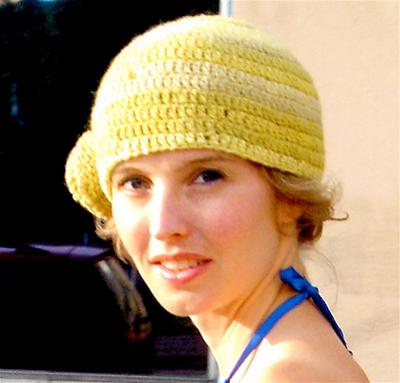
-----------------------------------------------------------------